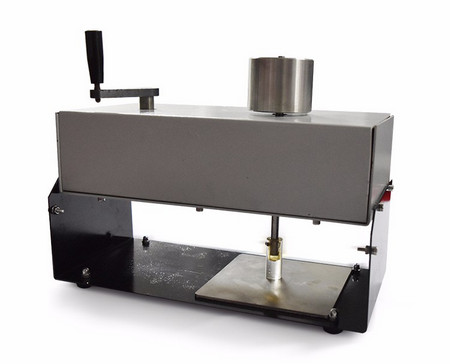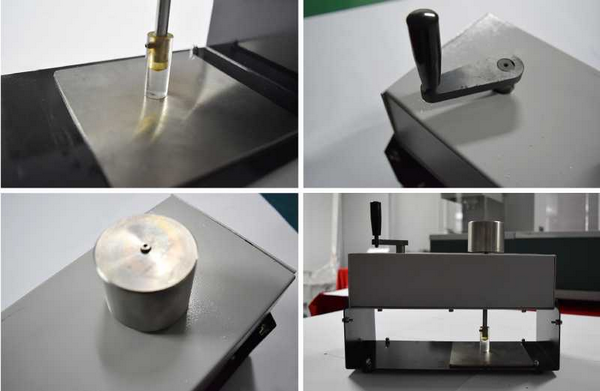Everything You Need to Know About Rotary Color Fastness Testing

Rotary color fastness testing is a commonly used textile testing method for evaluating the color fastness of dyed fabrics. Here's everything you need to know about rotary color fastness testing:

1. Test principle: Rotary color fastness testing is to put the dyed fabric sample and standard cotton cloth into the dyeing solution, then rotate the sample to simulate the washing process, and finally evaluate the color fastness of the fabric.
2. Testing standards: rotary color fastness testing usually follows international standards such as ISO, AATCC, and JIS. The test conditions and evaluation methods required by different standards may be different, so it is necessary to select the appropriate standard before testing.
3. Test equipment: Rotary color fastness testing requires a rotary color fastness tester. This device simulates the washing process and evaluates the color fastness of fabrics by spinning samples.
4. Test process: The test process includes the steps of putting the fabric sample and standard cotton cloth into the dyeing solution, rotating the sample, washing, rinsing, centrifuging, and drying. After the test is completed, it is necessary to use a gray scale card or a colorimeter to evaluate the color fastness of the fabric.
5. Test results: The results of the rotary color fastness test are usually expressed in numbers, and the higher the number, the better the color fastness. Generally speaking, fabrics with a color fastness of 4 or above can be considered to have good color fastness.
6. Test application: rotary color fastness testing is suitable for various textiles, including clothing, home textiles, automotive interiors, etc. This test method can help manufacturers evaluate the durability and quality of fabrics, thereby improving the competitiveness of products.

How to choose a suitable rotary color fastness tester?
When choosing a suitable rotary color fastness tester, the following points need to be considered:
Test standard: Choose a suitable rotary color fastness tester according to the standard to be tested, such as ISO, AATCC, GB and other standards.
Test type: According to the type of test to be conducted to choose, such as color fastness test, re-dry rubbing test, etc.
Test degree: Choose the appropriate rotary color fastness tester according to the degree of testing needed, commonly available in grades 1-8.
Test sample: according to the need to test the sample to choose the appropriate test instrument, whether the need for the test instrument for special samples.
Brand and cost performance: according to their actual situation and budget to choose the right brand and cost performance.
Service and maintenance: selective and good rotary color fastness tester with perfect after-sales service and maintenance support.
To sum up, choosing a suitable rotary color fastness tester needs a comprehensive consideration of the above factors, according to the actual needs of the choice.
2023-05-08 10:57


